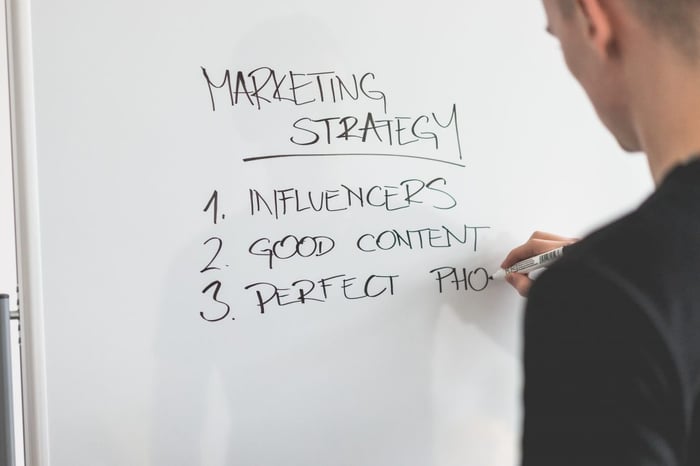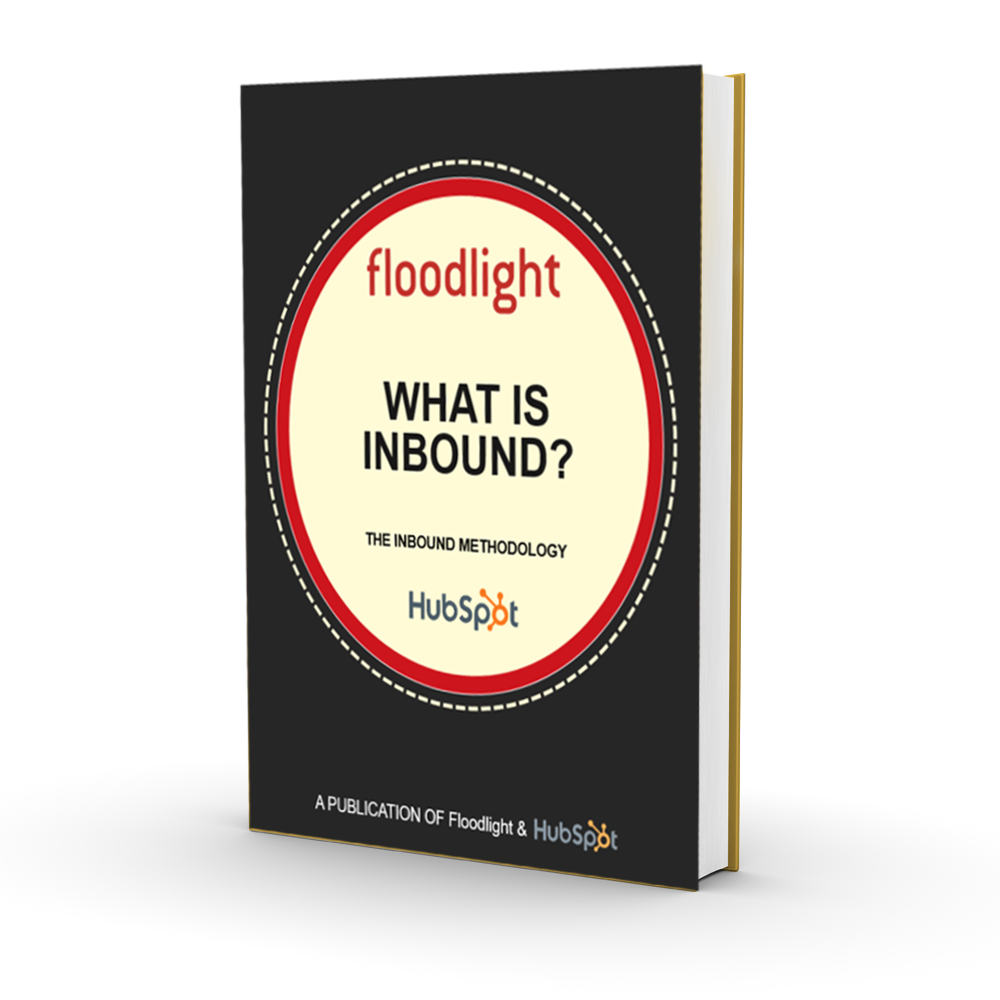7 Proven Strategies to Maximise ROI from Your Content Marketing in 2025
Key Takeaways
- Establish clear measurement metrics and KPIs to track content performance effectively
- Define specific content marketing goals aligned with business objectives
- Diversify content formats beyond blogging to reach wider audiences
- Position your brand as a thought leader through strategic content development
- Maintain consistent publishing schedules with an editorial calendar
- Optimise for search engines to drive targeted traffic
- Implement strategic CTAs to capture leads and measure conversion rates

Content marketing forms the cornerstone of effective inbound marketing strategies. Whether your business operates in technology, manufacturing, or electronics, strategic content development plays a vital role in driving engagement, generating leads, and ultimately delivering measurable return on investment (ROI). Yet, according to recent studies, 63% of businesses struggle to demonstrate clear ROI from their content marketing efforts.
While measuring ROI from a new manufacturing process or product investment might be straightforward, content marketing often presents unique challenges. If you're investing significantly in content but seeing minimal returns, this comprehensive guide explores seven critical reasons why your content marketing ROI might be falling short—and how to fix them.
1. Inadequate Measurement: What Are You Actually Tracking?
The foundation of improving content ROI begins with understanding exactly what value your content delivers. Many organisations fail to implement proper tracking mechanisms, making it impossible to measure success accurately.
Common Measurement Pitfalls
- Focusing solely on vanity metrics (page views, social shares) without connecting to business outcomes
- Not tracking user journey pathways from content consumption to conversion
- Missing attribution data that connects content engagement to revenue generation
- Failing to segment content performance by audience type or funnel stage
Effective content measurement requires tracking both engagement metrics (traffic sources, time on page, sharing rates) and conversion metrics (lead generation, content downloads, contact form submissions). Different content pieces naturally produce varying data patterns—some may drive high traffic but generate fewer leads, while others might receive less traffic but convert at higher rates or prove highly shareable.
These performance indicators provide crucial insights into whether your content resonates with your target audience. By implementing comprehensive measurement frameworks and regularly reviewing key performance indicators, you can refine your content strategy for improved ROI.
"Without measurement, content marketing becomes a costly guessing game. Implementing proper analytics allows you to double down on what works and eliminate what doesn't."
2. Undefined Goals: What Does Content Success Look Like?
Content marketing without clearly defined goals is like navigating without a destination. Many companies create content without establishing specific, measurable objectives aligned with broader business goals.
Effective Content Goal-Setting Framework
- Identify primary business objectives (lead generation, brand awareness, customer retention)
- Establish specific content KPIs that support these objectives
- Set measurable targets with timeframes (e.g., increase qualified leads by 20% within 6 months)
- Align content types with specific goals (educational content for awareness, case studies for consideration)
- Create measurement dashboards to track progress regularly
As a business, prioritising your content marketing goals provides a benchmark for measuring success and determining whether you're achieving meaningful ROI. This prioritisation also helps determine which tactical actions will most effectively guide you toward your objectives.
According to the Content Marketing Institute, organisations with documented content strategies are 313% more likely to report success than those without clear goals. By establishing specific, measurable objectives for your content, you create the foundation for meaningful ROI measurement.
Learn more about developing effective content marketing goals in our comprehensive guide: Why Your B2B Content Marketing Is Missing the Mark.
3. Limited Content Diversity: Are You Just Blogging?
While blogging remains a powerful content marketing tool, relying exclusively on blog posts significantly limits your potential reach and engagement. Modern content marketing requires a diversified approach to maximise ROI.
Content Format Diversification Strategy
Transform your existing content into multiple formats to extend reach and engagement:
- Visual content: Infographics, data visualisations, and branded images (generates 94% more views than text-only content)
- Video content: Explainer videos, webinars, and product demonstrations (increases conversion rates by up to 80%)
- Audio content: Podcasts, interviews, and audio versions of popular articles
- Long-form content: Ebooks, white papers, and comprehensive guides
- Interactive content: Calculators, assessments, and quizzes (generates 2x more conversions than static content)
This multi-format approach doesn't necessarily require creating entirely new content. Instead, repurpose existing high-performing blog posts into different formats. For example, you can compile related blog posts into a comprehensive ebook or transform key statistics into an engaging infographic.

By diversifying your content formats, you can reach different audience segments who consume information in various ways, maximising the impact of your content investment and improving overall ROI.
4. Lack of Thought Leadership: Does Your Content Establish Authority?
Your online content represents your brand's digital presence and thought leadership position. When visitors trust your brand's expertise, they're more likely to trust your content—and ultimately, your products or services.
Building Thought Leadership Through Content
Effective thought leadership content should:
- Align with your company's core values and expertise
- Address industry challenges with unique insights and solutions
- Incorporate original research, data, or proprietary methodologies
- Offer forward-thinking perspectives on industry trends
- Demonstrate deep understanding of customer pain points
For example, if your company specialises in technical equipment or electronics, providing expert advice on extending product lifespan or optimising performance positions you as an industry authority. This approach builds trust with your audience and establishes your brand as a go-to resource.
With inbound marketing, every piece of content must serve a strategic purpose—whether generating leads, nurturing prospects, or educating customers. To maximise ROI, ensure each content piece includes a clear call-to-action (CTA) that guides readers toward the next step in their buyer journey.
For more insights on developing a strategic approach to content, explore our guide on The B2B Marketer's Guide to Audience Development.
Inbound Marketing Resources5. Inconsistent Publishing: Is Your Content Strategy Sporadic?
Consistency is crucial for content marketing success. Without a structured publishing schedule, content efforts often become sporadic, losing momentum and diminishing potential ROI.
Benefits of Consistent Content Publishing
- Builds audience expectations and engagement habits
- Improves search engine visibility through regular indexing
- Creates compound traffic growth over time
- Establishes reliable lead generation pipelines
- Demonstrates brand commitment and reliability
One of the most effective tools for maintaining consistency is an editorial calendar. This strategic planning document provides a comprehensive overview of what content you'll publish, when it will be published, and which platforms it will appear on. Additionally, an editorial calendar helps you track important industry events, trade shows, and seasonal opportunities relevant to your audience.

Research shows that businesses publishing content consistently generate 67% more leads than those with irregular publishing schedules. By implementing a structured editorial calendar, you can maintain momentum, build audience expectations, and maximise the ROI of your content marketing efforts.
Learn how to develop an effective editorial calendar in our guide: Why Your B2B Content Marketing Needs an Editorial Calendar.
6. Poor Search Visibility: Is Your Content Optimised for Discovery?
Even the most valuable content delivers minimal ROI if your target audience can't find it. Search engine optimisation (SEO) is crucial for increasing content visibility and driving qualified traffic to your website.
Content SEO Best Practices for 2025
- Keyword research: Identify high-intent keywords that your target audience uses
- Strategic keyword placement: Include target keywords in titles, headings, meta descriptions, and naturally throughout content
- Semantic search optimisation: Incorporate related terms and concepts that search engines associate with your primary topic
- User intent alignment: Create content that directly addresses the search intent behind target keywords
- Technical SEO elements: Optimise page speed, mobile responsiveness, and structured data
- Internal linking: Connect related content pieces to build topic authority
Content that incorporates targeted keywords and phrases doesn't just increase overall traffic—it ensures you're attracting the right visitors who are more likely to convert into qualified leads. Through comprehensive keyword research, you can build a strategic list of terms that align with your audience's search behaviour.
The quality of your keyword strategy directly impacts the quality of traffic, which translates to higher conversion rates and improved ROI. According to recent studies, content optimised for search intent converts at 2-5 times the rate of non-optimised content.
For more strategies on generating leads from your content, read our guide: 5 Ways to Get More Leads from Content Marketing.
7. Ineffective Conversion Strategy: Are You Capturing Leads?
Creating high-quality content is only half the battle—you also need effective mechanisms to convert content consumers into leads and customers. Many businesses overlook this critical step, significantly reducing potential ROI.
Optimising Content for Conversion
- Strategic CTAs: Include relevant, compelling calls-to-action that guide readers toward the next step
- Lead magnets: Offer valuable downloadable resources (ebooks, templates, checklists) in exchange for contact information
- Content upgrades: Provide expanded versions of blog content as gated resources
- Conversion-optimised landing pages: Create dedicated pages designed to convert specific audience segments
- Progressive profiling: Gradually collect additional information as leads engage with more content
Call-to-action (CTA) buttons are particularly crucial for lead generation. They encourage visitors to exchange their contact details for valuable content like white papers or ebooks. According to HubSpot research, personalised CTAs convert 202% better than generic ones.
Many businesses underestimate the importance of strategic CTAs, missing opportunities to capture leads from their content. At its core, a CTA is a vital marketing tool that significantly enhances lead generation potential. When implemented effectively, CTAs can transform your content from purely informational assets into powerful lead generation tools.
Learn more about measuring content marketing success in our comprehensive guide: How to Measure Content Marketing Success.
Schedule A MeetingCalculating Content Marketing ROI: A Framework for Success
To truly understand your content marketing performance, you need a structured approach to ROI calculation. Here's a practical framework:
Content Marketing ROI Formula
ROI = [(Revenue Generated from Content - Cost of Content Production) / Cost of Content Production] × 100%
Key Metrics to Track for Accurate ROI Calculation
- Content production costs: Creation, design, promotion, and team time
- Traffic metrics: Visitors, page views, time on page, bounce rate
- Engagement metrics: Social shares, comments, scroll depth
- Conversion metrics: Lead form submissions, content downloads, email sign-ups
- Revenue attribution: Sales influenced or directly generated by content
By implementing this structured approach to ROI measurement, you can identify which content investments deliver the greatest returns and adjust your strategy accordingly.
Frequently Asked Questions About Content Marketing ROI
How long does it take to see ROI from content marketing?
Content marketing typically shows initial results within 3-6 months, with significant ROI becoming apparent after 6-12 months of consistent implementation. Unlike paid advertising, content marketing builds compound returns over time, with some content assets continuing to generate leads and sales for years.
What content formats typically deliver the highest ROI?
While results vary by industry and audience, research indicates that comprehensive guides, case studies, and original research tend to deliver the highest ROI for B2B companies. Video content and interactive tools often show strong performance for both B2B and B2C organisations.
How much should we invest in content marketing?
According to the Content Marketing Institute, successful B2B companies typically allocate 25-30% of their marketing budget to content marketing. However, the optimal investment depends on your industry, competition, and business goals. Start with a focused investment in high-priority content types, measure results, and scale based on performance.
Should we create content in-house or outsource it?
This decision depends on your team's capabilities, available resources, and content needs. Many successful companies use a hybrid approach—creating strategic and brand-sensitive content in-house while outsourcing specialised content types or high-volume production to trusted partners.
Conclusion: Transforming Your Content Marketing ROI in 2025
Maximising ROI from content marketing requires a strategic, measurement-focused approach. By addressing these seven common challenges—inadequate measurement, undefined goals, limited content diversity, lack of thought leadership, inconsistent publishing, poor search visibility, and ineffective conversion strategies—you can transform your content from a cost centre into a powerful revenue driver.
Remember that content marketing success doesn't happen overnight. It requires consistent implementation, regular measurement, and ongoing optimisation. By applying the strategies outlined in this guide and continuously refining your approach based on performance data, you can significantly improve your content marketing ROI and drive sustainable business growth.
Ready to transform your content marketing strategy? Contact our team for a personalised content ROI assessment and discover how we can help you achieve exceptional returns from your content investments.

